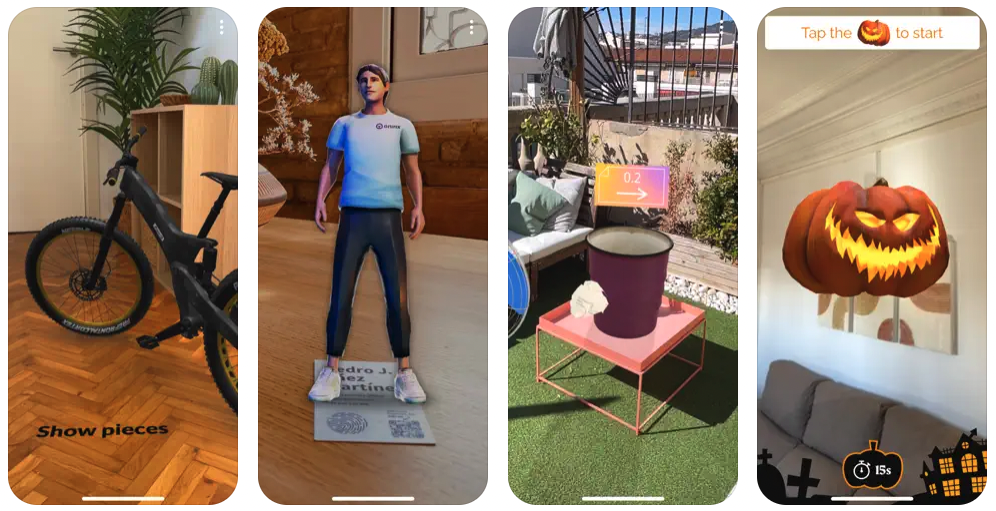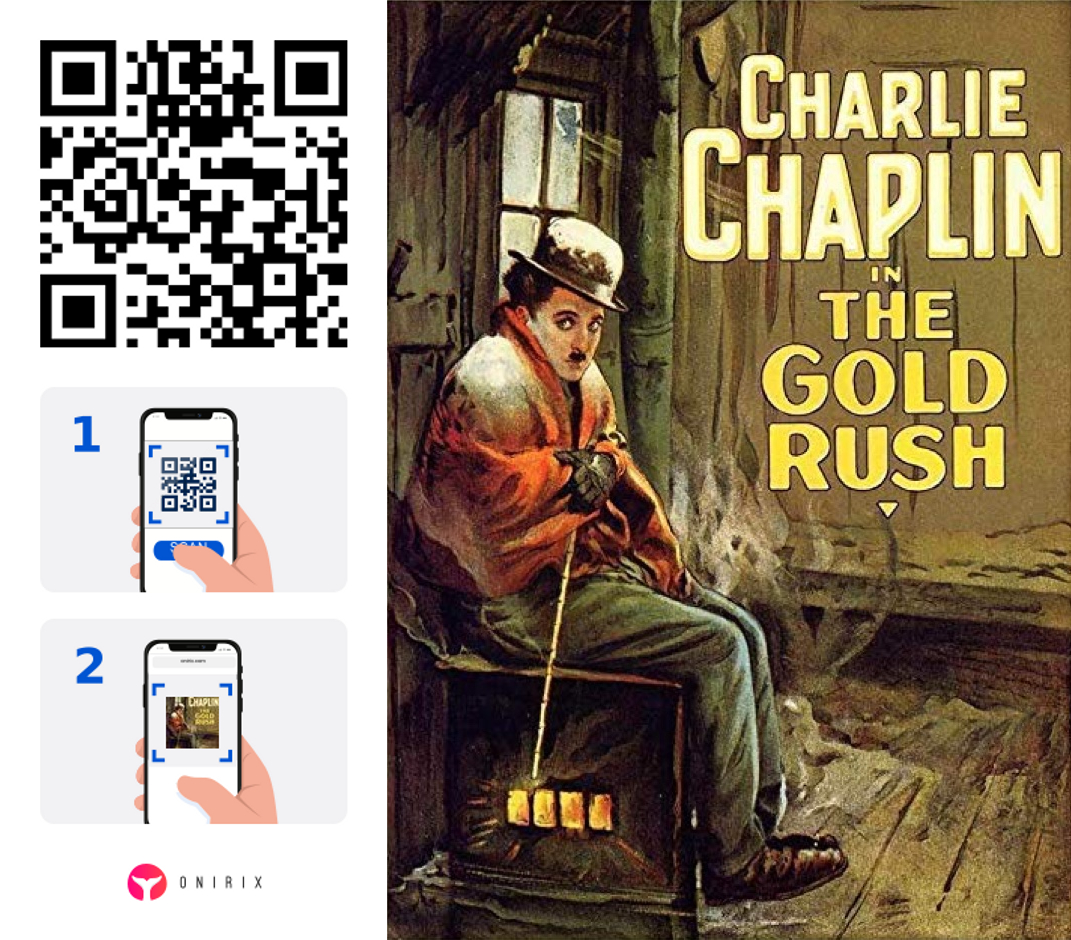Onirix Players

There are two main ways to visualise experiences in Onirix. Both modes coexist within our platform and allow users to launch AR experiences that have been designed and developed using web technologies.
On the one hand, there is our WebAR player, which allows you to open the main Android (Chrome) and iOS (Safari) web browsers to enjoy the experiences. This is the main opening mode for Android as the Chrome browser has support for Web XR, which allows access to the most accurate tracking (accessing the capabilities of the operating system via ARCore) through the browser itself.
In the case of iOS, besides the WebAR player, we also provide the Onirix Clip, which allows us to combine the development of experiences in web environments, with access to the most accurate tracking through the ARKit libraries. In order to access the Onirix Clip on iOS, Onirix also has an app in the App Store called "Onirix Player" which allows you to view the main experiences and demos of the Onirix library.
Here we explain each mode in detail.
Onirix WebAR Player
Onirix Web AR Player allows you to display complete AR experiences in a web browser.
Prepare your experience with some models and interaction, and share instantly with your audience in a frictionless way.
Try yourself: webAR example
Take a look at this sample experience to test the use of webAR with image tracking through your mobile browser. First, check out this video, this is the experience you should see using the following example:
Now try yourself by detecting the QR code to launch the experience, and then detecting the image of the poster to make it come alive (click the image to view close-up):
Compatibility
Device and browser support on Onirix depends on the type of experience you want to use. Here you can access each type of tracking support available:
Regarding to performance, take a look at the following table with some real devices to have an idea of performance for each device tier:
| Device | Hardware | Performance |
|---|---|---|
| iPhone 12 | A14 Bionic | Very High |
| Asus Zenfone 9 | Snapdragon 8+ Gen 1: High-end, latest generation, powerful CPU and GPU (Adreno 730) | Very High |
| Oppo Find X2 | Snapdragon 865: High-end, slightly older than Snapdragon 8+ Gen 1, but still very powerful (Adreno 650) | Very High |
| iPhone 8 | A11 Bionic | High |
| Honor 70 | Snapdragon 778G+: Upper mid-range, good balance of performance and efficiency (Adreno 642L) | High |
| Huawei Mate 20 | Kirin 980: High-end chip from a few years ago, still decent for many tasks (Mali-G76 MP10) | High |
| Google Pixel 2 XL | Snapdragon 835: High-end, now relatively outdated, slightly older than Snapdragon 865 (Adreno 540) | Moderate to High |
| Huawei Mate 9 | Kirin 960: Older high-end chip, now relatively outdated (Mali-G71 MP8) | Moderate |
| Honor X7a | MediaTek Helio G37: Entry to mid-range, similar to Helio P35 in performance (PowerVR GE8320) | Low to Moderate |
| Samsung Galaxy A04 | MediaTek Helio P35: Entry-level, less powerful for high-demand tasks (PowerVR GE8320) | Low |
| Samsung Galaxy Tab A7 Lite | MediaTek Helio P22T: Entry-level, similar performance to Helio P35 (PowerVR GE8320) | Low |
Supported scene types and other limitations (Onirix Players)
Running in a browser has many advantages like avoiding app installations or the ability to embed experiences in existing web sites, but it also has some disadvantages compared with running on a native application.
The browser adds an extra layer of complexity, it is not the operating system who will directly manage your app resources, it will be your browser through the operating system, and this translates into about a 30% performance loss compared to the same experience on a native app.
It is really important not to overpass 3D model requirements to ensure a good performance in your experiences.
Take a look at the following table to check Android and iOS support for each scene type for the WebAR Player:
| Scene type | Android | iOS WebAR player | Onirix Clip for iOS |
|---|---|---|---|
| Surface (Rotation-Tracking) | Supported | Supported | Supported |
| Surface (World-Tracking) | Supported (uses WebXR on compatible devices / browsers* and fallbacks to a custom tracking implementation if not available) | Supported (uses WebXR on certain browsers** and fallbacks to a custom tracking (Onirix SLAM) implementation if not available) | Supported (uses ARKit features) |
| Image | Supported | Supported | Supported |
| QR Code | Supported | Supported | Supported |
| Spatial | Supported | Not supported | Supported |
* Android browsers compatible with Web XR API currently are Google Chrome, Edge, Samsung Internet and other Chromium based browsers.
** Currently, iOS default browser (Safari) is not compatible with Web XR API. However you can use other browsers which have implemented it, like Mozilla XR Viewer. Also we provide the Onirix Clip to have access to ARKit from web experiences.
Onirix Player: iOS app

As we have already advanced the Onirix player is an app developed for iOS that mainly allows us to show the demo or inspirational experiences of Onirix. This app also gives us access to the Onirix Clip, that is to say, it allows us to open instances of this app without the need to download it completely, so we can access it from a QR code or a web link, and enjoy the best of the web world and access to the device's operating system.
With our Clip you can have all the advantages of developing web experiences (immediacy, instant access, ease of code modification and changes on the fly, ability to design experiences with HTML, CSS and JavaScript, etc.); plus access to sensors and operating system libraries, which allows tracking with the greatest possible robustness.
